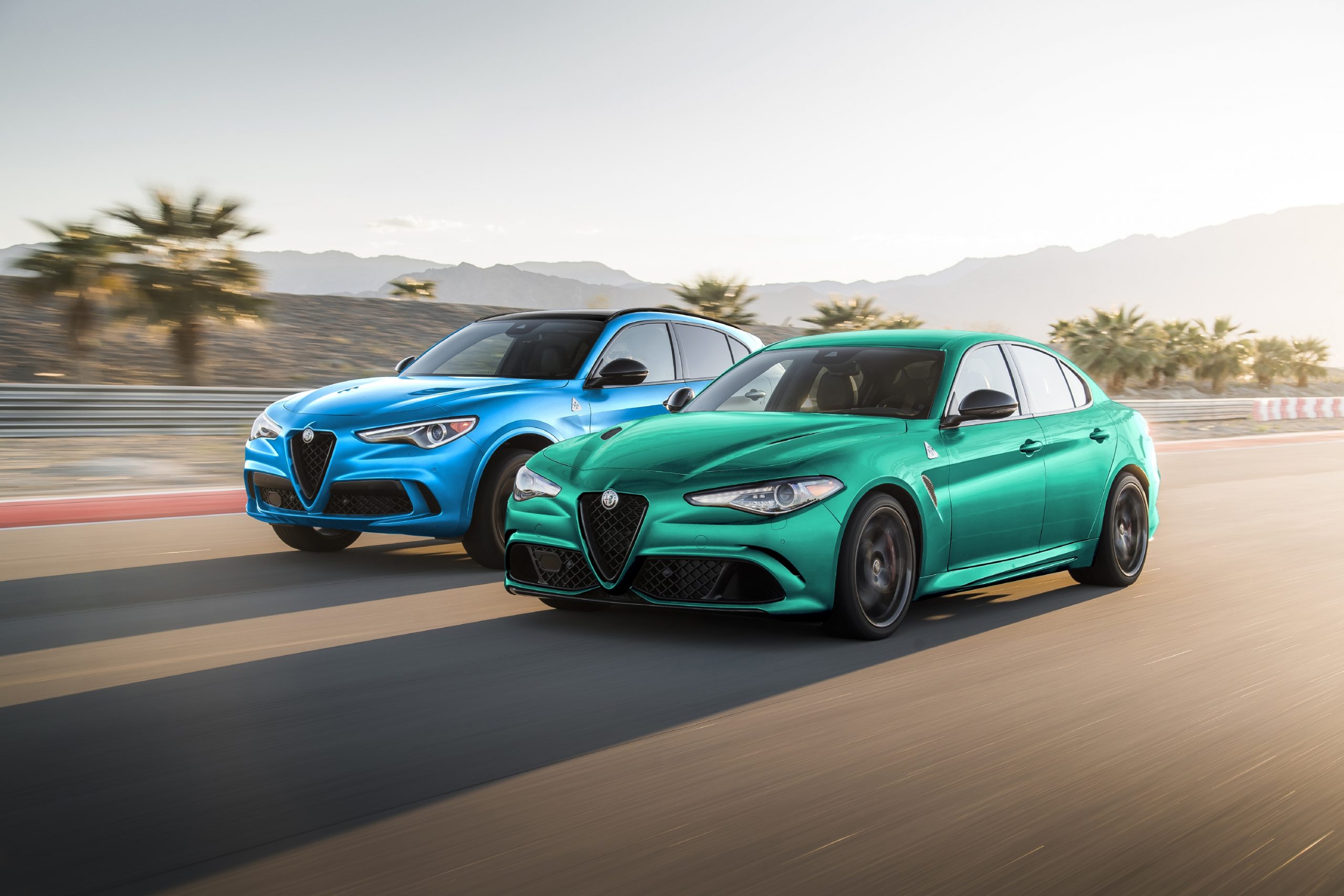
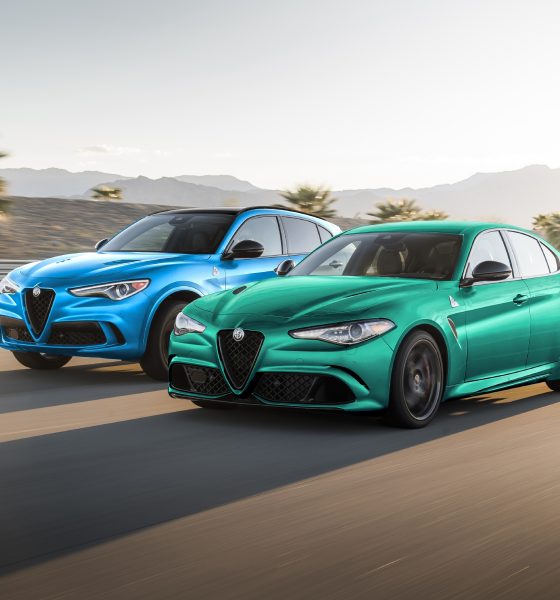
News
Stellantis aims to generate $23 billion in revenue with vehicle software by 2030
Stellantis seems to be fully aware of the opportunities presented by the emerging vehicle software market. While announcing its new software strategy, Stellantis revealed that it is looking to generate about $23 billion in extra revenue from vehicle software by 2030.
The announcement, which was initially reported by Automotive News Europe, also revealed Stellantis’ plans to introduce a hands-free Level 3 self-driving system to some of its vehicles in 2024. The technology, which should allow drivers to take their hands off the wheel similar to Mercedes-Benz’s Drive Pilot, is currently being developed with BMW.
Stellantis’ collaboration with BMW is part of a partnership between Fiat Chrysler, BMW, Intel, and Mobileye, which was announced back in 2017. BMW, for its part, is reportedly looking to introduce a Level 3 system next year, starting with its 7-Series sedan.
Joachim Langenwalter, Stellantis’ head of artificial intelligence, software, and hardware, shared the 2024 goal for the company’s Level 3 system during an online presentation on Tuesday. “The first Level 3 solution will come in 2024 before rolling out across the full portfolio in the years to come,” the executive said.
It remains to be seen which of Stellantis’ lineup of vehicle brands would be given the Level 3 system first. It will not be surprising if the company rolls out the system as a premium feature for some of its more high-end brands such as Alfa Romeo, however, as this was the strategy adopted by fellow veteran automaker GM when it introduced Super Cruise to its premium Cadillac brand in 2017.
As per Stellantis’ announcement, the company is looking to deploy three platforms that are heavily geared towards vehicle software: STLA Brain, STLA SmartCockpit, and STLA AutoDrive. One of these, STLA Brain, is a Level 2 system expected to be rolled out in 2024 that is capable of being upgraded over-the-air to gain hands-free Level 3 self-driving features. Plans for Level 4 and Level 5 autonomy involve Stellantis partnering with Waymo, a company considered as the leader in autonomous vehicles today.
Stellantis CEO Carlos Tavares is optimistic about the company’s software push.
“Our electrification and software strategies will support the shift to become a sustainable mobility tech company to lead the pack, leveraging the associated business growth with over-the-air features and services and delivering the best experience to our customers. With the three all-new, AI-powered, technology platforms to arrive in 2024, deployed across the four STLA vehicle platforms, we will leverage the speed and agility associated with the decoupling of hardware and software cycles,” he said.
The Teslarati team would appreciate hearing from you. If you have any tips, reach out to me at maria@teslarati.com or via Twitter @Writer_01001101.

News
Tesla is improving Giga Berlin’s free “Giga Train” service for employees
With this initiative, Tesla aims to boost the number of Gigafactory Berlin employees commuting by rail while keeping the shuttle free for all riders.
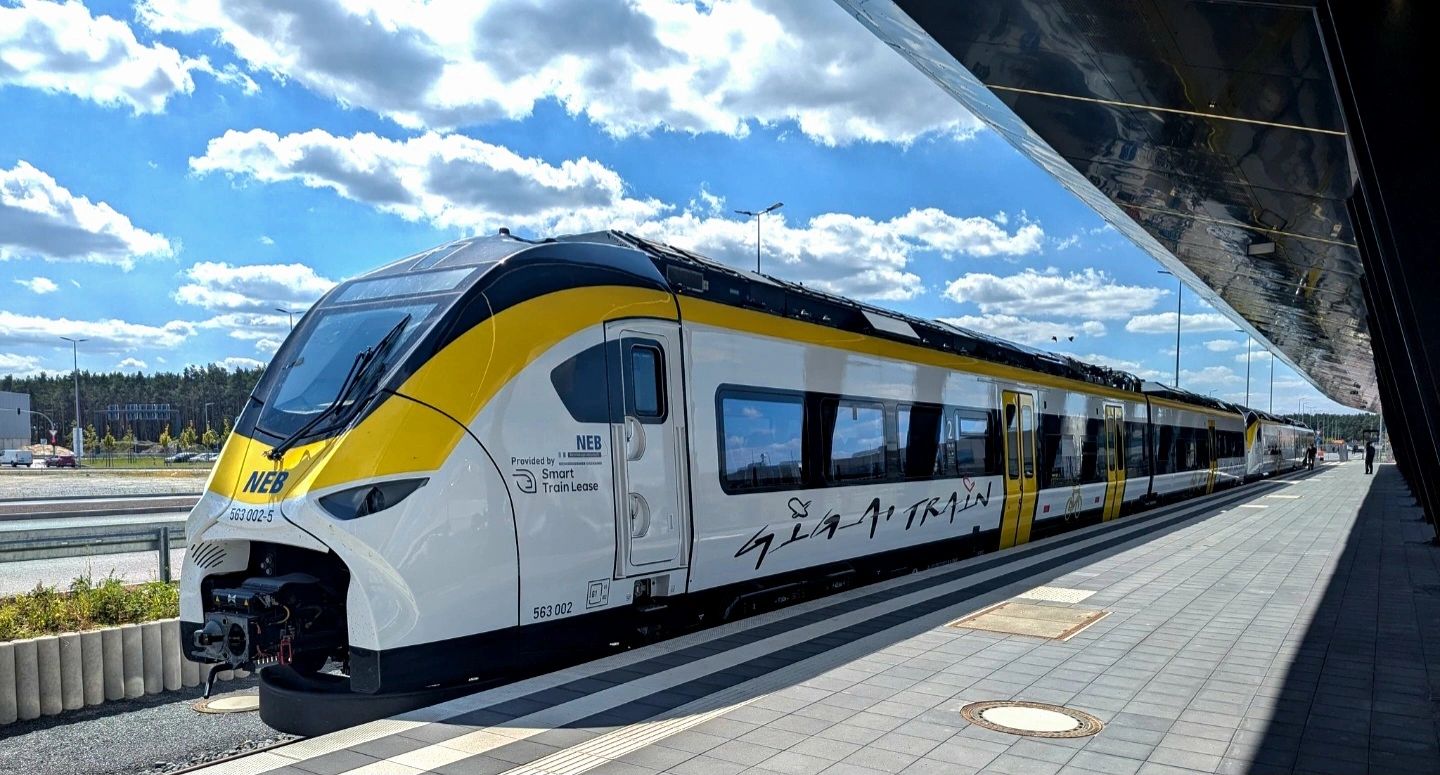
Tesla will expand its factory shuttle service in Germany beginning January 4, adding direct rail trips from Berlin Ostbahnhof to Giga Berlin-Brandenburg in Grünheide.
With this initiative, Tesla aims to boost the number of Gigafactory Berlin employees commuting by rail while keeping the shuttle free for all riders.
New shuttle route
As noted in a report from rbb24, the updated service, which will start January 4, will run between the Berlin Ostbahnhof East Station and the Erkner Station at the Gigafactory Berlin complex. Tesla stated that the timetable mirrors shift changes for the facility’s employees, and similar to before, the service will be completely free. The train will offer six direct trips per day as well.
“The service includes six daily trips, which also cover our shift times. The trains will run between Berlin Ostbahnhof (with a stop at Ostkreuz) and Erkner station to the Gigafactory,” Tesla Germany stated.
Even with construction continuing at Fangschleuse and Köpenick stations, the company said the route has been optimized to maintain a predictable 35-minute travel time. The update follows earlier phases of Tesla’s “Giga Train” program, which initially connected Erkner to the factory grounds before expanding to Berlin-Lichtenberg.
Tesla pushes for majority rail commuting
Tesla began production at Grünheide in March 2022, and the factory’s workforce has since grown to around 11,500 employees, with an estimated 60% commuting from Berlin. The facility produces the Model Y, Tesla’s best-selling vehicle, for both Germany and other territories.
The company has repeatedly emphasized its goal of having more than half its staff use public transportation rather than cars, positioning the shuttle as a key part of that initiative. In keeping with the factory’s sustainability focus, Tesla continues to allow even non-employees to ride the shuttle free of charge, making it a broader mobility option for the area.
News
Tesla Model 3 and Model Y dominate China’s real-world efficiency tests
The Tesla Model 3 posted 20.8 kWh/100 km while the Model Y followed closely at 21.8 kWh/100 km.
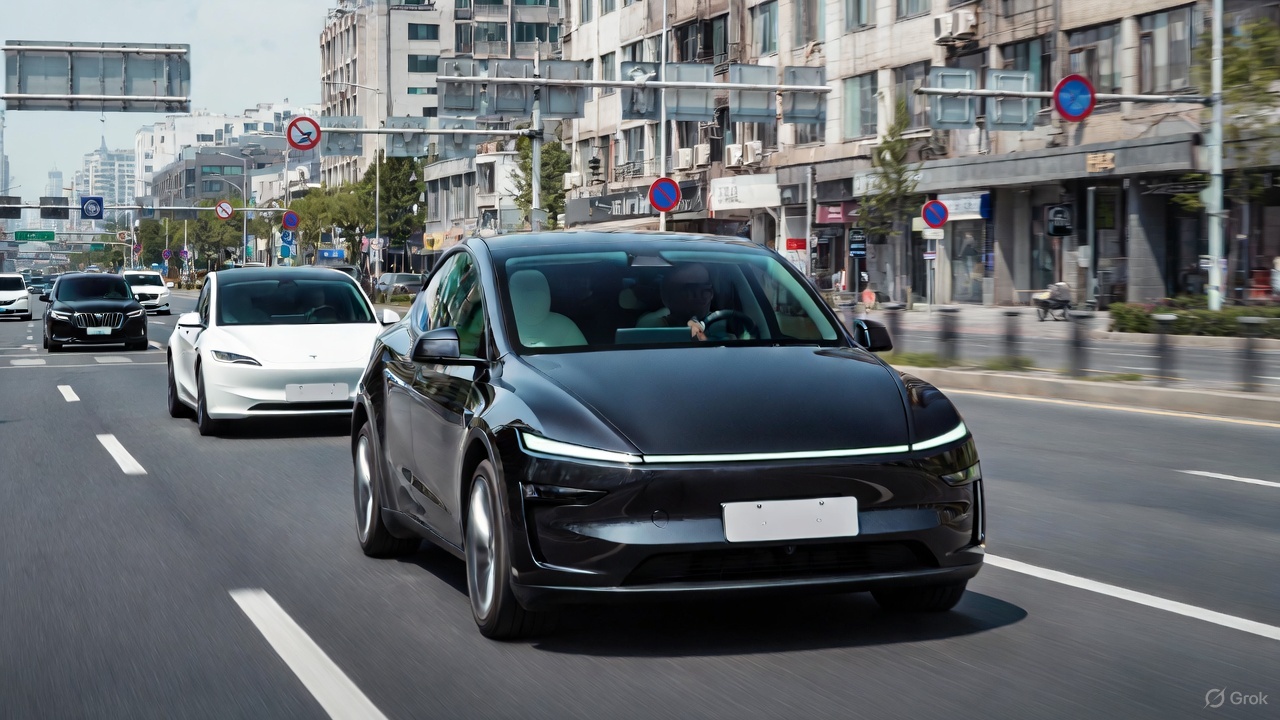
Tesla’s Model 3 and Model Y once again led the field in a new real-world energy-consumption test conducted by China’s Autohome, outperforming numerous rival electric vehicles in controlled conditions.
The results, which placed both Teslas in the top two spots, prompted Xiaomi CEO Lei Jun to acknowledge Tesla’s efficiency advantage while noting that his company’s vehicles will continue refining its own models to close the gap.
Tesla secures top efficiency results
Autohome’s evaluation placed all vehicles under identical conditions, such as a full 375-kg load, cabin temperature fixed at 24°C on automatic climate control, and a steady cruising speed of 120 km/h. In this environment, the Tesla Model 3 posted 20.8 kWh/100 km while the Model Y followed closely at 21.8 kWh/100 km, as noted in a Sina News report.
These figures positioned Tesla’s vehicles firmly at the top of the ranking and highlighted their continued leadership in long-range efficiency. The test also highlighted how drivetrain optimization, software management, and aerodynamic profiles remain key differentiators in high-speed, cold-weather scenarios where many electric cars struggle to maintain low consumption.
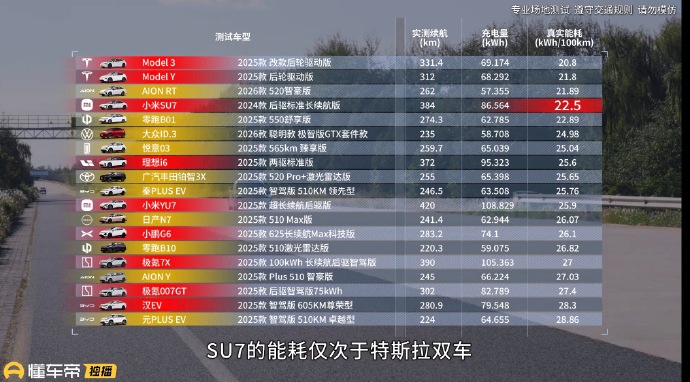
Xiaomi’s Lei Jun pledges to continue learning from Tesla
Following the results, Xiaomi CEO Lei Jun noted that the Xiaomi SU7 actually performed well overall but naturally consumed more energy due to its larger C-segment footprint and higher specification. He reiterated that factors such as size and weight contributed to the difference in real-world consumption compared to Tesla. Still, the executive noted that Xiaomi will continue to learn from the veteran EV maker.
“The Xiaomi SU7’s energy consumption performance is also very good; you can take a closer look. The fact that its test results are weaker than Tesla’s is partly due to objective reasons: the Xiaomi SU7 is a C-segment car, larger and with higher specifications, making it heavier and naturally increasing energy consumption. Of course, we will continue to learn from Tesla and further optimize its energy consumption performance!” Lei Jun wrote in a post on Weibo.
Lei Jun has repeatedly described Tesla as the global benchmark for EV efficiency, previously stating that Xiaomi may require three to five years to match its leadership. He has also been very supportive of FSD, even testing the system in the United States.
Elon Musk
Elon Musk reveals what will make Optimus’ ridiculous production targets feasible
Musk recent post suggests that Tesla has a plan to attain Optimus’ production goals.
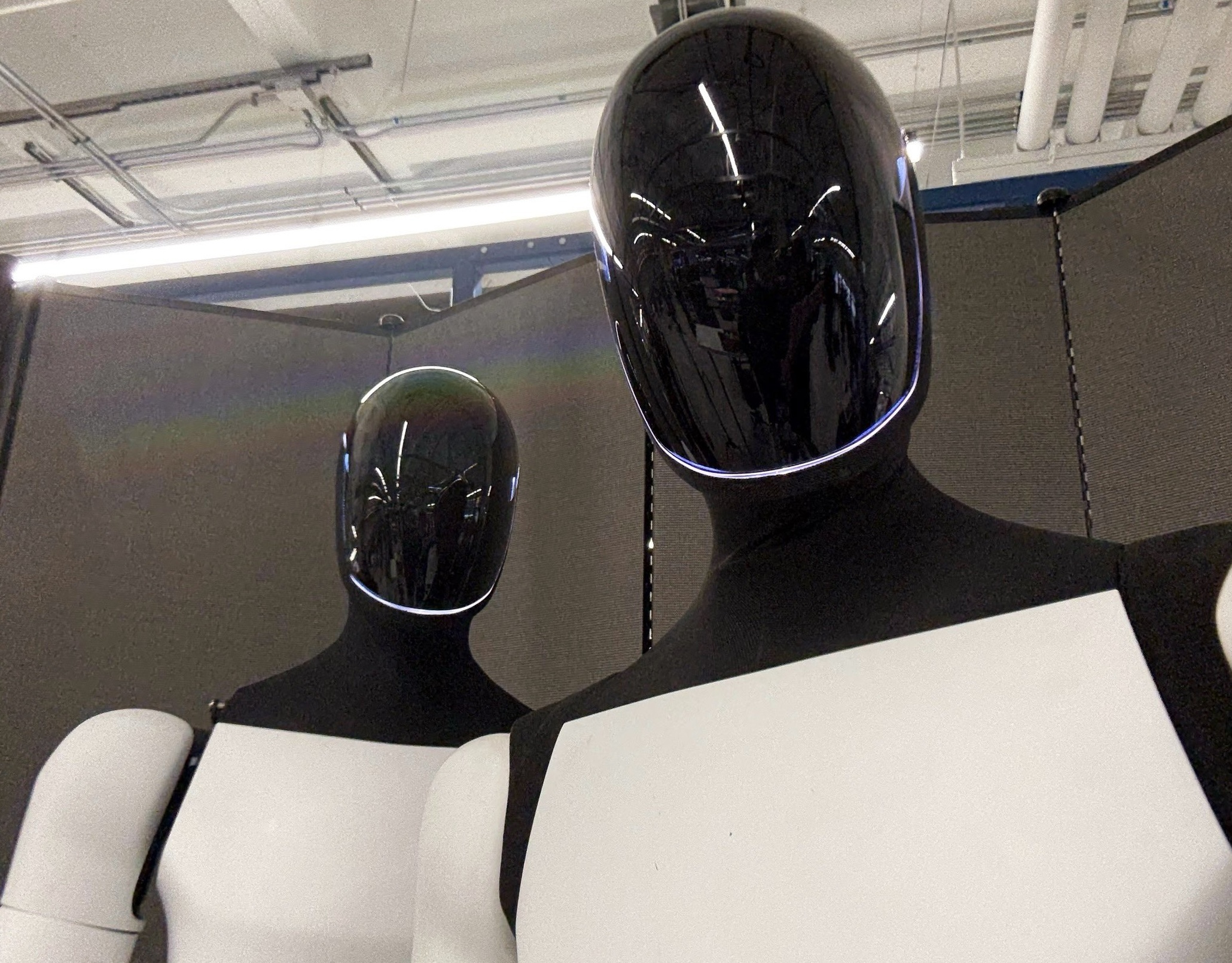
Elon Musk subtly teased Tesla’s strategy to achieve Optimus’ insane production volume targets. The CEO has shared his predictions about Optimus’ volume, and they are so ambitious that one would mistake them for science fiction.
Musk’s recent post on X, however, suggests that Tesla has a plan to attain Optimus’ production goals.
The highest volume product
Elon Musk has been pretty clear about the idea of Optimus being Tesla’s highest-volume product. During the Tesla 2025 Annual Shareholder Meeting, Musk stated that the humanoid robot will see “the fastest production ramp of any product of any large complex manufactured product ever,” starting with a one-million-per-year line at the Fremont Factory.
Following this, Musk stated that Giga Texas will receive a 10 million-per-year unit Optimus line. But even at this level, the Optimus ramp is just beginning, as the production of the humanoid robot will only accelerate from there. At some point, the CEO stated that a Mars location could even have a 100 million-unit-per-year production line, resulting in up to a billion Optimus robots being produced per year.
Self-replication is key
During the weekend, Musk posted a short message that hinted at Tesla’s Optimus strategy. “Optimus will be the Von Neumann probe,” the CEO wrote in his post. This short comment suggests that Tesla will not be relying on traditional production systems to make Optimus. The company probably won’t even hire humans to produce the humanoid robot at one point. Instead, Optimus robots could simply produce other Optimus robots, allowing them to self-replicate.
The Von Neumann is a hypothetical self-replicating spacecraft proposed by the mathematician and physicist John von Neumann in the 1940s–1950s. The hypothetical machine in the concept would be able to travel to a new star system or location, land, mine, and extract raw materials from planets, asteroids, and moons as needed, use those materials to manufacture copies of itself, and launch the new copies toward other star systems.
If Optimus could pull off this ambitious target, the humanoid robot would indeed be the highest volume product ever created. It could, as Musk predicted, really change the world.









